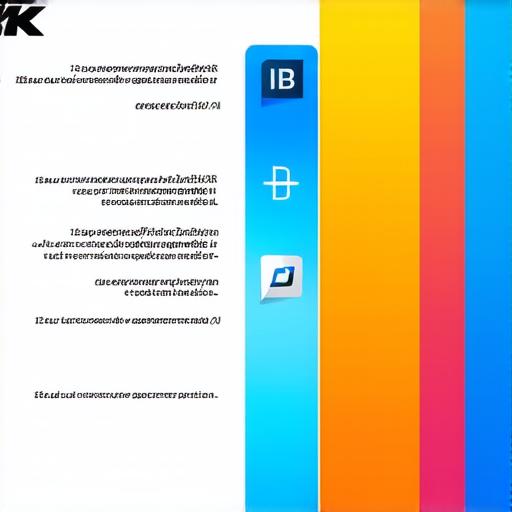1. Productivity Applications
Productivity applications are designed to help users complete tasks more efficiently and effectively. These applications can range from simple word processors and spreadsheets to more complex project management tools and collaboration platforms.
One of the main advantages of productivity applications is their ability to automate repetitive tasks, freeing up time for more important work. For example, a customer relationship management (CRM) software can automatically generate reports, schedule appointments, and send emails, making it easier for salespeople to focus on closing deals.

Another benefit of productivity applications is that they allow users to access their data from anywhere, at any time. This means that employees can work remotely or on the go, which can be particularly useful in today’s fast-paced business environment.
However, there are also some drawbacks to using productivity applications. For example, these applications can be complex and may require a learning curve for new users. Additionally, they can be expensive, especially for small businesses or individual entrepreneurs.
2. Collaboration Applications
Collaboration applications are designed to facilitate communication and teamwork among multiple users. These applications can include everything from instant messaging platforms and video conferencing tools to document sharing and task management software.
One of the main benefits of collaboration applications is their ability to foster better communication and cooperation within teams. For example, a team working on a project can use a shared document editing tool to collaborate on the same file in real-time, reducing the need for back-and-forth emails or version control issues.
Collaboration applications also allow for more efficient decision-making by providing a centralized location for all relevant information and communication. This can be particularly useful for remote teams or teams working across different time zones.
However, there are also some drawbacks to using collaboration applications. For example, these applications can be overwhelming for users who are not tech-savvy, and may require additional training to use effectively. Additionally, collaboration applications can be expensive, especially for larger organizations with many users.
3. Entertainment Applications
Entertainment applications are designed to provide users with fun and engaging experiences. These applications can include everything from games and social media platforms to music streaming services and virtual reality experiences.
One of the main benefits of entertainment applications is their ability to provide a break from work or other responsibilities, allowing users to relax and unwind. For example, a person who has been working long hours at the office can use a gaming app to play some mind-blowing games and relieve stress.
Entertainment applications also provide users with new experiences and opportunities for exploration and learning. For example, a virtual reality application can transport users to new worlds and environments, providing them with a unique and immersive experience.
However, there are also some drawbacks to using entertainment applications. For example, these applications can be addictive, leading users to spend more time on their devices than they should. Additionally, entertainment applications can be expensive, especially for accessing high-quality content or experiences.
Conclusion
In conclusion, software applications come in many different forms and serve a wide range of purposes. Productivity applications are designed to help users complete tasks more efficiently, while collaboration applications facilitate communication and teamwork among multiple users. Entertainment applications provide fun and engaging experiences for users.
FAQs
1. How do I choose the right software application for my business or personal needs?
To choose the right software application, you should consider its features, benefits, and drawbacks carefully, as well as your budget and the needs of your team or organization. You can also consult with experts in the field to get their opinions and recommendations.
2. What are some examples of collaboration applications?
Some examples of collaboration applications include instant messaging platforms (such as Slack or Microsoft Teams), video conferencing tools (such as Zoom or Google Meet), document sharing software (such as Dropbox or Google Drive), and task management software (such as Trello or Asana).
3. What are some examples of entertainment applications?
Some examples of entertainment applications include games (such as Candy Crush or Angry Birds), social media platforms (such as Facebook or Twitter), music streaming services (such as Spotify or Apple Music), and virtual reality experiences (such as Oculus Rift or HTC Vive).
4. Are there any drawbacks to using productivity applications?
Yes, there are some drawbacks to using productivity applications. These can include the need for a learning curve for new users, the potential for data privacy concerns, and the possibility of over-reliance on technology. It’s important to carefully consider these factors before choosing a productivity application for your business or personal needs.
